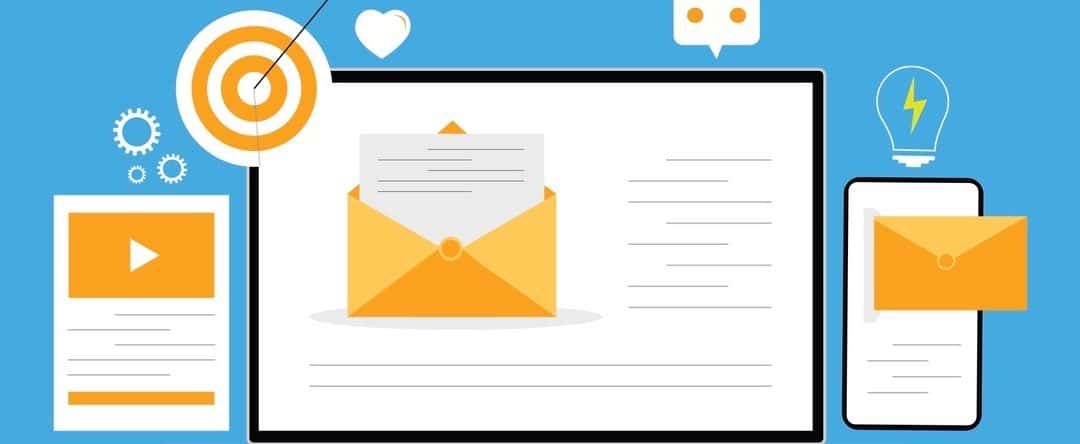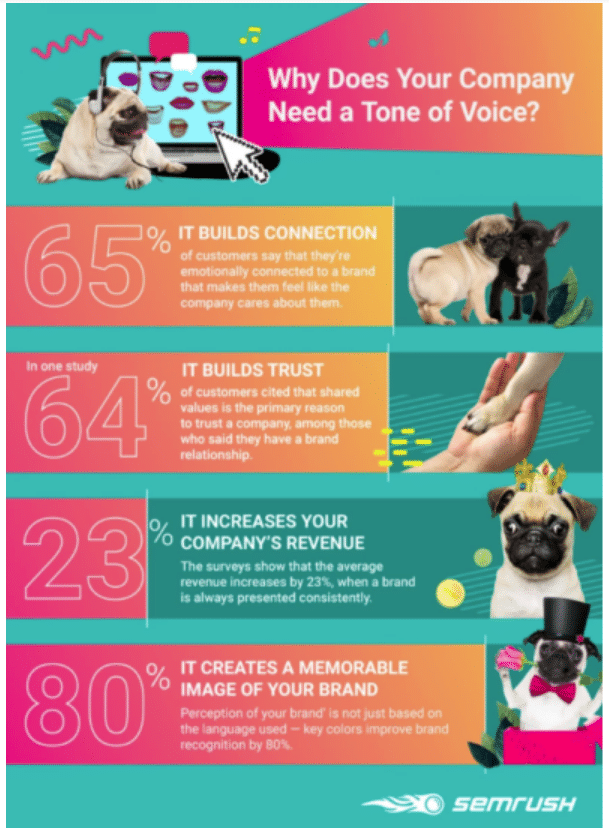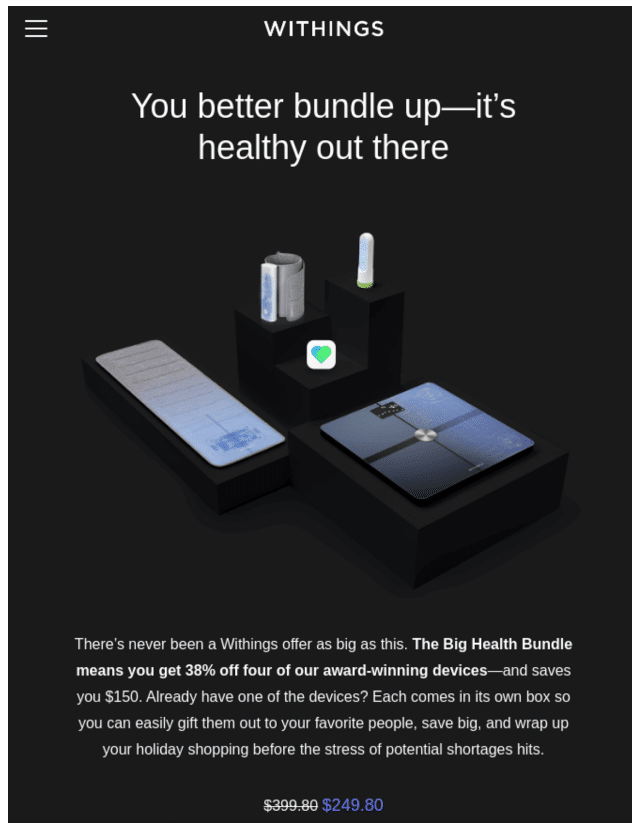Email copywriting is one of the main elements of email marketing. It can also be pretty confusing for marketers since convincing prospects and inspiring them to follow the action you want can seem next to impossible. But nailing email copywriting can have the following results:
(Source)
Your subject line will entice, your body copy will engage, and your CTA will help you create a successful email marketing funnel and lead users further down and towards the desired action. But how are you going to do that exactly?
How is email copywriting different?
Email copywriting is different from other forms of copywriting because it needs to be way more versatile and well-adjusted to the recipient.
There could be different objectives to your email marketing campaign that apply to various parts of the funnel mentioned above. You’ll need email copy that immediately connects your CTA and goals. Create persuasive, SEO-optimized copy that will lead the recipient from point A to point B and, eventually, to the action you want the user to take.
Of course, integrating the elements above into your email marketing strategy successfully and naturally is easier said than done.
Your email subject line goes first
Your email subject line is the first thing a user will notice and its copy is an integral part of your email marketing strategy. Using email copywriting that is spot-on will lead users to open your email newsletter and move them down the conversion funnel gently. Here’s why:
(Source)
To achieve this, you will need a subject line that will stand out and target the recipient segment this email is for. Just make sure to create a subject line that won’t be salesy or spammy—using words like “Make $$$ easily!” or “DISCOUNTS JUST FOR YOU” in all caps won’t do you any good. On the contrary, it can send your email campaign straight to the spam folder.
Try to be cryptic, but not too much, and clear right off the bat. Like so:
Using email copywriting tricks like FOMO, clever wordplay, and a message that is equally vague and specific will make users wonder what this is about and open your email.
Also, please note the little emoji above—it gives a playful tone and makes the email stand out in a full inbox. Use it if your brand’s tone allows it.
Segment and personalize
Using email copywriting in 2022 doesn’t just mean creating emails with a “Hey, [First Name]” format that don’t look too much like email blasts. You will need to understand your prospects, their pain points, and what they want to do, not what you’d like them to do.
In other words, you need to study your customer personas and understand who you’re talking to and why they’d want to take a specific action with your brand. Align that action with your goals and see your conversion rate and ROI rise.
Segmentation and personalization will help you use email copywriting that is spot-on, tailor-made, and will have this natural look and feel. Invest in an email marketing and marketing automation platform with AI tools that will help you suggest just the right thing at the right time. An email that doesn’t resonate is an email that could very well end up in the spam folder.
Always be on brand
There are many reasons why your audience picked you out of your competitors, and your brand’s tone is one of them. Align your email copywriting efforts with your brand’s tone and create a unanimous brand image that will inspire trust and reflect your core values.
(Source)
A unanimous tone that your audience can recognize easily is one of the most critical elements of your brand’s strategy since every user interaction reflects your brand. This, of course, doesn’t mean that your brand’s tone cannot be adjustable. As I mentioned initially, email copywriting is different from social media copywriting or ad copywriting. It’s more personal and can get users straight to the point.
Address their pain points and craft your offer
This is where you’ll need to study your data again and understand how you’ll stand out in a full inbox with an offer that solves a problem.
Make sure your subject line answers the most common question: “Why you?”. You’ll need to think like a user here. You know why your product is better than your competitors’—make sure your email copywriting addresses the users’ pain points and reflects that.
Your email copywriting and email design need to answer the “Why you” question in a way that will lead the users down the funnel naturally. Use actionable verbs and ensure that your email’s copy doesn’t just address a user’s pain point.
(Source)
The example above shows how email copywriting with a great CTA can solve an actual problem rather than just sell a product. So, in the example above, the answer to the question “Why Withings?” is that you can access a health bundle that can be personalized to meet your individual health needs.
The benefit here is clear; the brand aims to create a unique experience. It offers an upgrade compared to competitors’ products.
Understanding why your brand – in our case, your PR firm – is the one for them will help you become memorable and establish yourself as an authority in your niche. That way, users won’t need to look any further than your product or services.
The takeaway
Email copywriting for your PR firm can seamlessly lead your users from point A to point B and solve a real pain point. Just remember that you need to write for your target audience.
Use email copywriting that will stand out through both your email’s subject line and your body copy. Always be on-brand and mindful of why your audience would love your PR plan rather than a competitor’s.
And lastly, never forget to A/B test everything.








